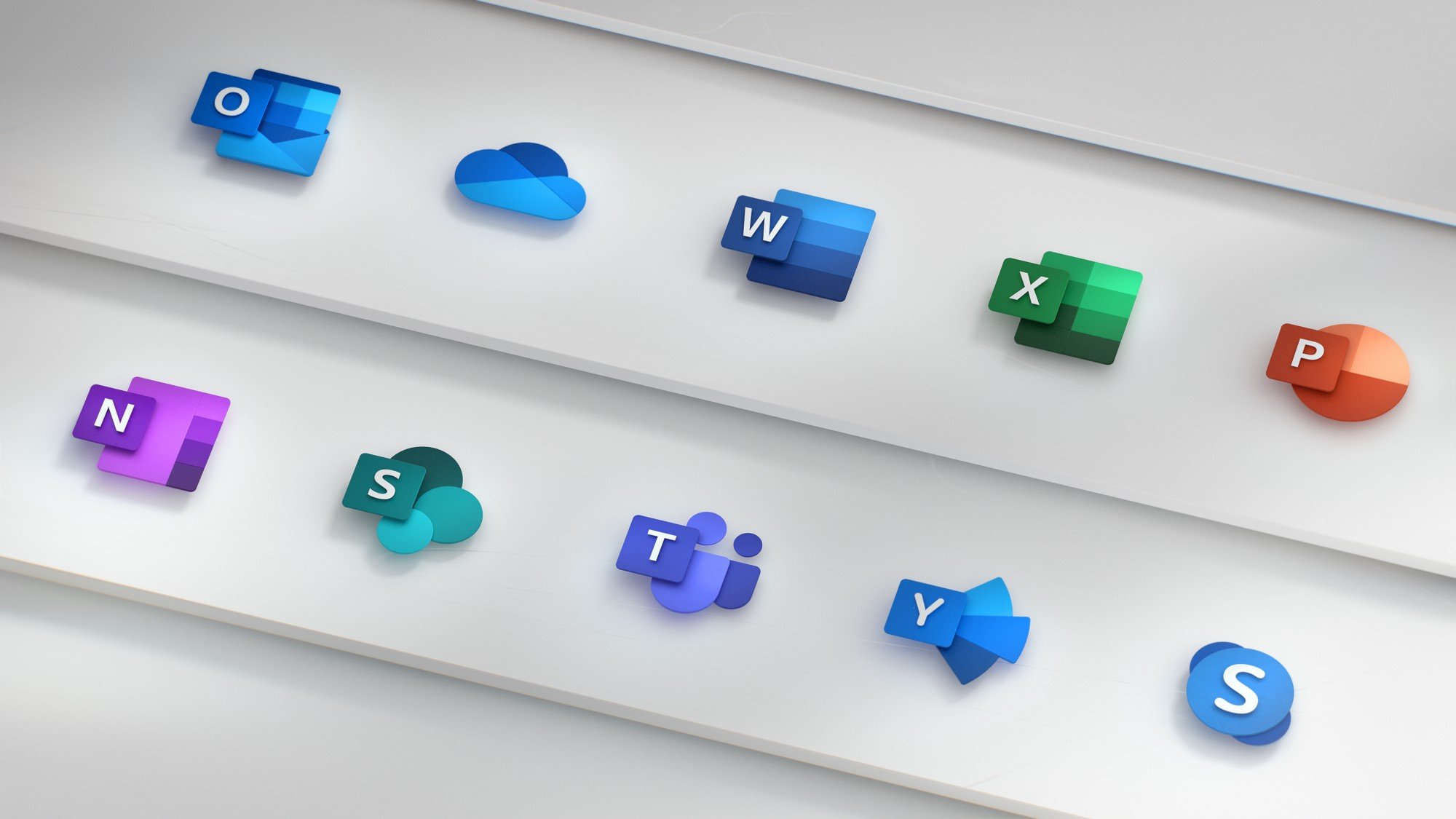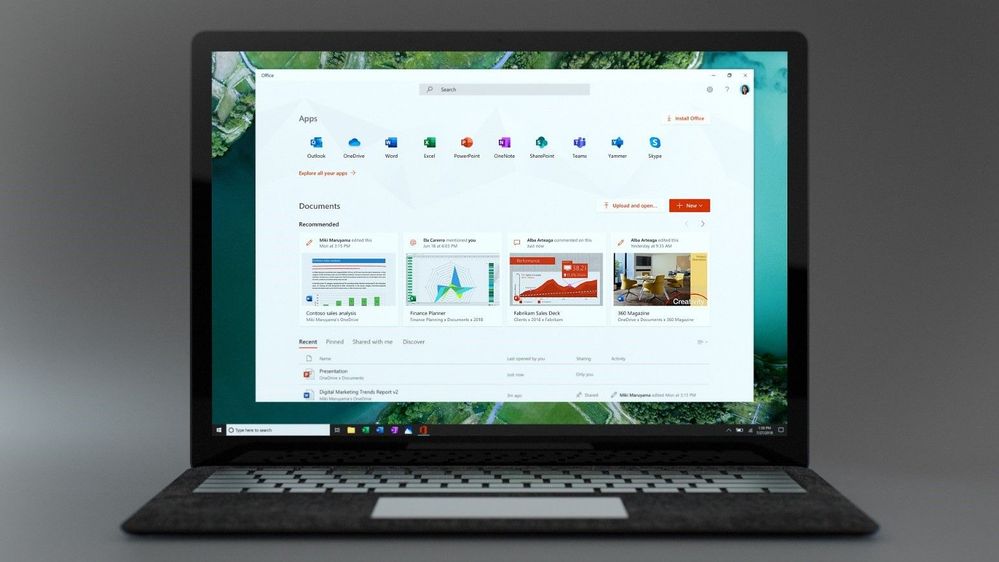
Starting from the following year, Microsoft has announced that they will no longer introduce new features for Office users who are still using Windows 10. However, Office will continue to receive security updates until 2028. From August 2026 onwards, new feature rollouts will cease for Windows 10 customers. (Source: The Verge)
In simple terms, this means that Windows 10 users have approximately one year left to enjoy new feature updates for Office. If you wish to access additional Office features beyond October 2026, an upgrade to Windows 11 would be necessary. Microsoft clarifies that while new features will no longer be provided, the existing Office applications will continue functioning as usual.
Starting from August 2026, users of Microsoft 365 Personal or Family plans won’t receive any new features with the version 2608 release. Furthermore, monthly enterprise subscribers will cease to get new features in October 2026, and semi-annual enterprise subscribers will follow suit in January 2027, no longer receiving any new features.
Across all three release channels – whether you’re using a consumer or business plan – the feature set will remain at version 2608. Furthermore, Microsoft has outlined that support for Microsoft Office on Windows 10 will continue past October 2025.
- If the issue occurs only with Microsoft 365 Apps on Windows 10, with or without Windows 10 Extended Security Updates, and doesn’t occur on Windows 11, support will ask the customer to move to Windows 11.
- If the customer is unable to move to Windows 11, support will provide troubleshooting assistance only; technical workarounds might be limited or unavailable.
- Support incidents for Microsoft 365 Apps running on Windows 10, with or without Extended Security Updates, do not include the option to log a bug or request other product updates.

It appears that Microsoft is keen on ending support for Windows 10 as soon as possible, particularly for individual and consumer users. Essentially, they encourage everyone to transition to Windows 11; this can be done by upgrading the existing Windows 10 system or purchasing a new PC with Windows 11 pre-installed, if your current one isn’t compatible.
Over the past few weeks, Microsoft has announced that they will provide Windows 10 users with an extra year of free security updates. To take advantage of this offer, you simply need to save your PC settings to the cloud using a Microsoft Account. As an alternative option, you can choose to spend 1000 Microsoft Reward points or $30 for each device.
As a researcher, I’d like to inform you that the extended security update window for individual and consumer versions of our software will conclude by October 2026. After this date, there will be no more updated security patches available. On the other hand, enterprises can continue their subscription with us, allowing them to stay on Windows 10 until October 2028.
In simpler terms, extended security updates mainly focus on fixing security loopholes but do not include bug fixes or adding new features. Furthermore, they do not provide any kind of support, be it technical support or from the developers of applications and driver creators. As time passes, Windows 10 may gradually become incompatible with certain apps and drivers, but this won’t happen immediately.
In a recent development, Windows 11 has become the most widely used version of Microsoft’s operating system, overtaking Windows 10 after four years in the market. As of now, Windows 11 holds approximately 52% share, while Windows 10 stands at 44%. This trend is expected to continue as more users transition to Windows 11 in the coming days, leading to a further decline in the usage of Windows 10.
To continue receiving new features for Microsoft Office past August 2026 and maximize your subscription benefits, it is recommended that you upgrade to Windows 11. After this date, if you don’t upgrade, you’ll be required to pay a recurring fee for an application that will essentially only receive maintenance updates.
Read More
- Best Controller Settings for ARC Raiders
- Can You Visit Casino Sites While Using a VPN?
- Ashes of Creation Rogue Guide for Beginners
- Transformers Powers Up With ‘Brutal’ New Combaticon Reveal After 13 Years
- Unveiling the Quark-Gluon Plasma with Holographic Jets
- Gold Rate Forecast
- If you ditched Xbox for PC in 2025, this Hall Effect gamepad is the first accessory you should grab
- Michael B. Jordan Almost Changed His Name Due to NBA’s Michael Jordan
- Lies of P 2 Team is “Fully Focused” on Development, But NEOWIZ Isn’t Sharing Specifics
- Marvel Wants You to Believe Wolverine Is the Greatest Anti-Hero (But Actually He’s the Worst)
2025-07-14 16:09